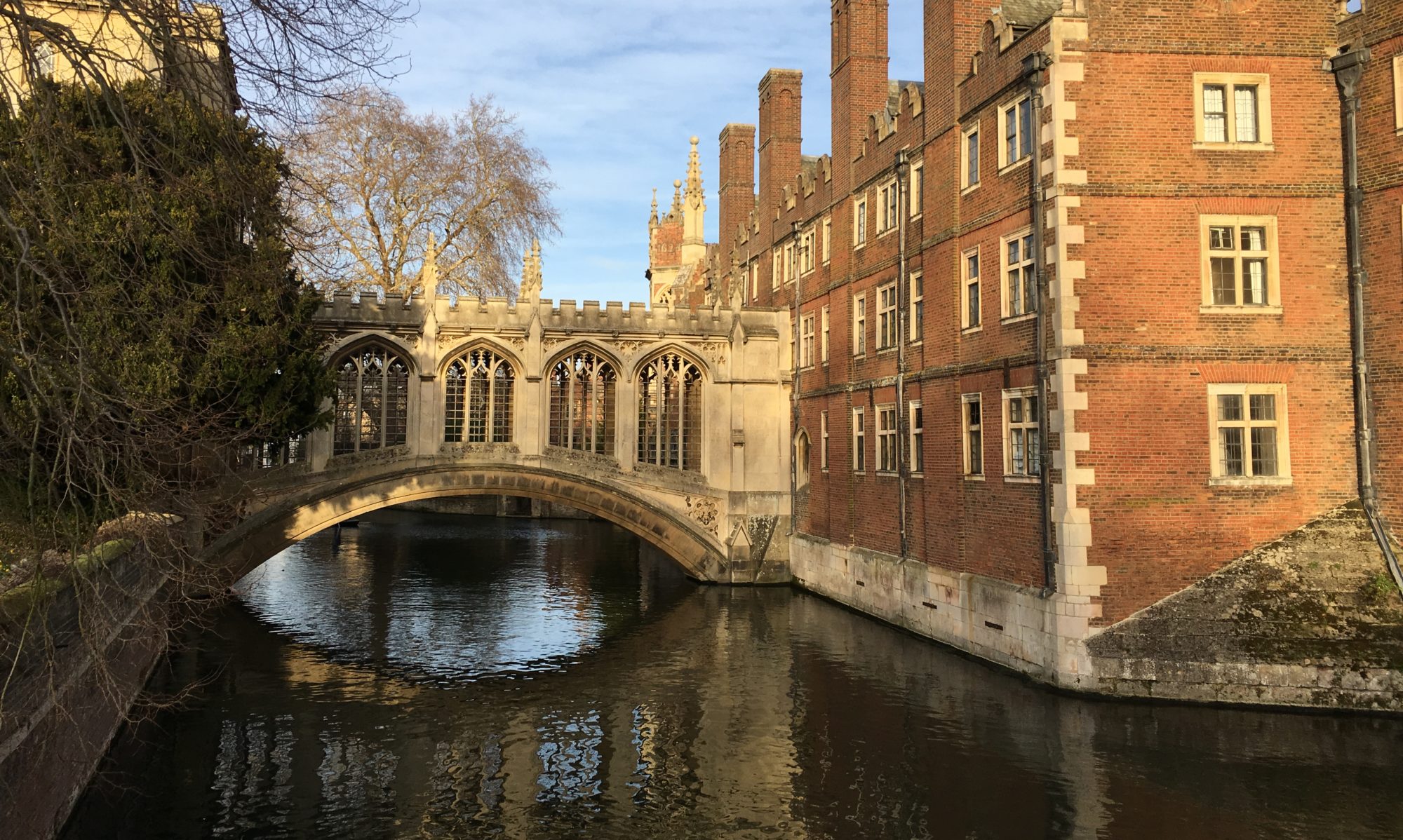Imagine being confident enough in the aesthetic value of your own domestic whimsy that you display your house for the world in perpetuity. This is what Jim Ede, art collector and friend to artists, did when he bequeathed his Cambridge house and its contents—dubbed Kettle’s Yard—to the University in 1966. He requested that every piece of modern art, every stone and seedpod, every quotidian artifact remain as it was when he was living there. He and his wife Helen even continued to live there while displaying their house for another seven years, continuing a longer tradition of open houses for students and Cambridge residents—a gentle, informal introduction to modern art and a way of life.



